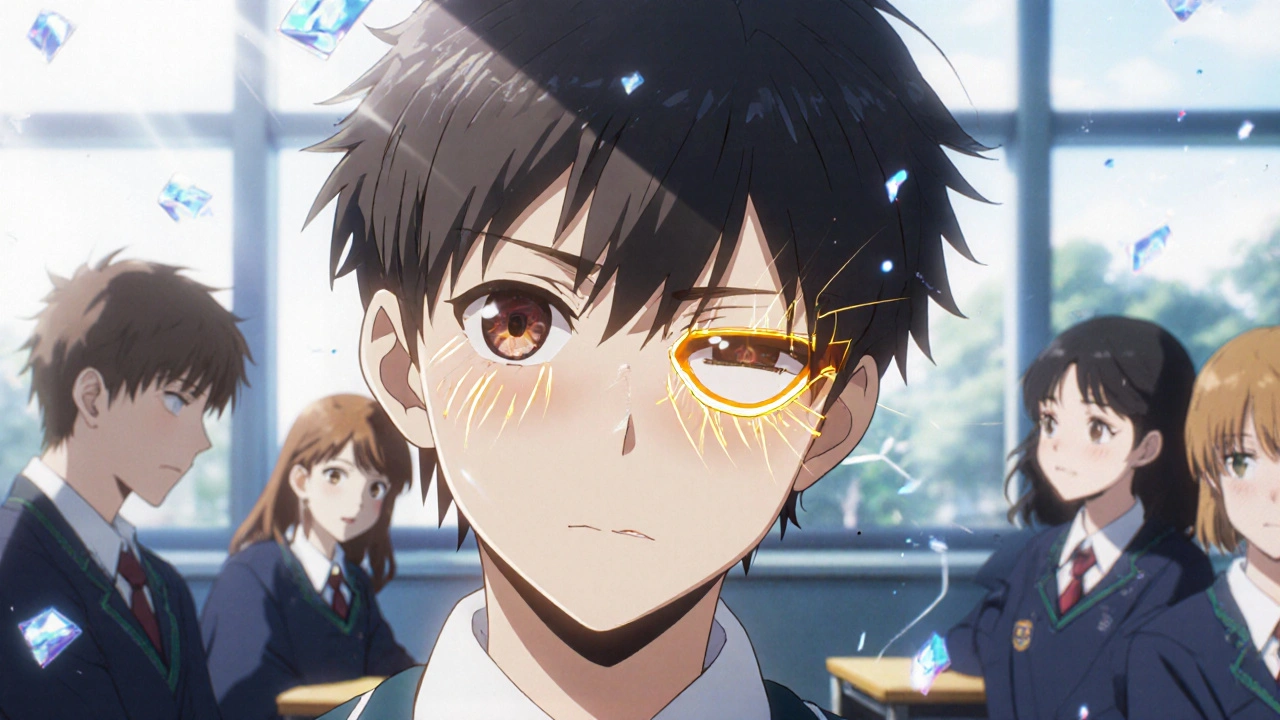Strabismus: Causes, Treatments, and How Eye Therapy Helps
When your eyes don’t look in the same direction at the same time, you’re dealing with strabismus, a condition where the eyes are misaligned, often due to muscle control issues or nerve problems. Also known as crossed eyes or wall eye, it’s not just a cosmetic concern—it affects how your brain processes visual input and can lead to lazy eye or depth perception problems if left untreated. This isn’t rare. About 4% of children in the U.S. have it, and many adults develop it after injuries, strokes, or prolonged screen use. The good news? Most cases can be corrected, especially when caught early.
Strabismus often shows up alongside convergence insufficiency, a binocular vision disorder where the eyes struggle to turn inward when focusing on close objects. That’s why people with strabismus get headaches, blurred vision, or eye strain while reading. It’s not just fatigue—it’s your eye muscles failing to work together. Vision therapy, backed by NIH studies, is the most effective non-surgical fix. Unlike simple eye exercises you find online, proper therapy is supervised, structured, and targets the exact muscle coordination issues causing the problem. It’s not magic—it’s neuroscience. Your brain relearns how to use both eyes as a team.
Some cases need surgery to adjust the eye muscles, especially in kids with constant misalignment or adults who didn’t respond to therapy. But surgery alone doesn’t fix the brain’s role. That’s why many doctors combine it with post-op vision training. Medications like Botox injections can temporarily weaken overactive muscles to help realign the eyes—used mostly as a bridge to therapy or surgery. And while glasses can help in some cases, especially if there’s a refractive error involved, they won’t fix the muscle imbalance itself.
If you or your child has trouble reading, tilts the head to see better, or complains of double vision, don’t wait. Strabismus doesn’t always go away on its own. Left untreated, it can lead to permanent vision loss in one eye. The connection between binocular vision, the ability of both eyes to work together to create a single 3D image and daily function is stronger than most people realize. It affects driving, sports, even holding a job that requires detailed visual focus.
Below, you’ll find real, practical guides on how vision therapy works, what treatments actually deliver results, and how conditions like convergence insufficiency are linked to strabismus. No fluff. Just what works, what doesn’t, and how to get help without wasting time or money.
Strabismus: Understanding Eye Misalignment and When Surgery Is Needed
Strabismus, or eye misalignment, affects 5% of children and can cause double vision and depth perception problems. Surgery is often needed when glasses and therapy don't work, with success rates up to 85% in young children.

